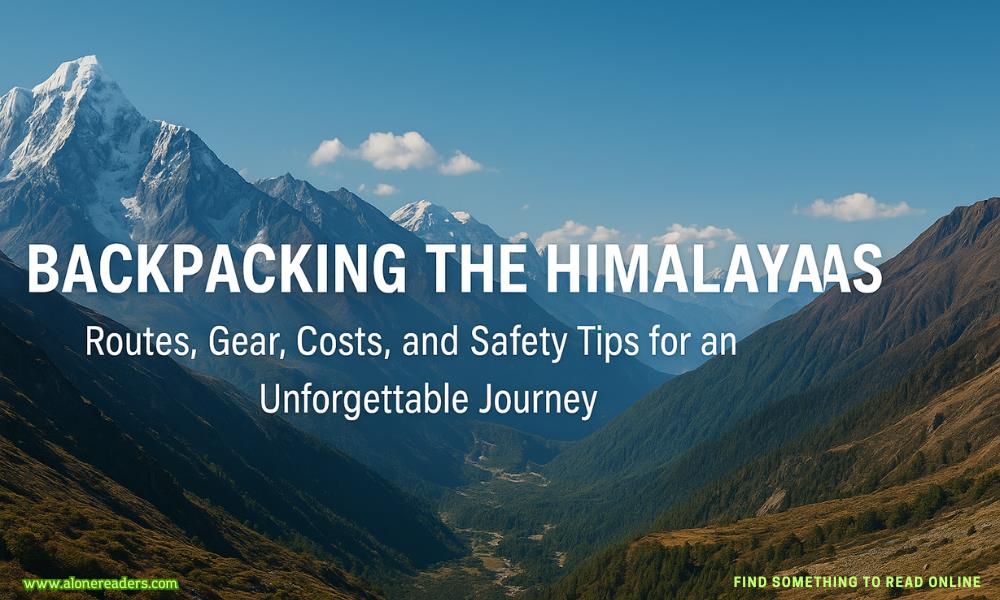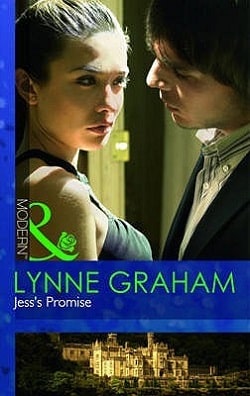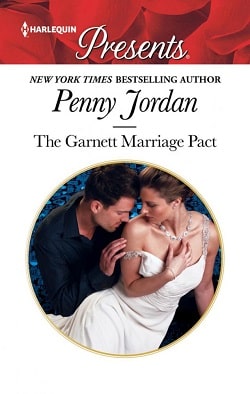Page 9 of Whistle
Turned out, there was.
A New York morning show host happened to mention the book. Said she’d read it to her son, who loved it. Sales spiked for a couple of days on Amazon. The publisher’s publicity team reached out to the host, said, “The author lives just a few blocks from your studio. Maybe you’d like to have her on to talk about her world-hopping penguin?”
And that was how Annie got on theTodayshow.
The London book edged onto the children’s books bestseller list. More stores invited Annie to do readings for young audiences. The publisher sent her on a six-city tour.
The Tokyo book entered the children’s bestseller list at number one.
Then the merch offers started coming in. Pierce the Penguin notepads and stickers. Very basic, simplified tales that could bemade into board books for infants. A Pierce the Penguin plush toy. There were TV offers, and while the money was tempting, Annie turned them all down. Pierce was not a TV star. He would not sell out.
But even without the TV money, what was coming in was more than Annie and John could ever have imagined. They vowed they wouldn’t let the money change them, but despite their best intentions, it did. The Bank Street brownstone was proof of that.
John continued working his animation job, even though what he brought in was a fraction of what Annie’s books were making, but he still enjoyed it. Charlie was growing up, changing every day, and they’d enrolled him in a private preschool program, mysteriously jumping ahead of countless other parents in the queue. (Fame did have its benefits.)
Things could not have have been more perfect.
Annie began to think Pierce deserved to more fully realize his flying ambitions. She would make him a penguin who couldreallyfly. It would be a book about ambition, about being who you wanted to be, about not letting others hold you back.
Yes, Pierce was going to fly.
First, he tried working out. Figured if he could bulk up some, his wings would be strong enough to support him. But, try as he might, he couldn’t do it. Pierce’s research led him to Leonardo da Vinci’s attempts to create a flying machine, particularly his bat-winged glider. A person would slip his arms into the wings, and off he’d go. Leonardo might not have perfected a working model, but that was no reason for Pierce not to give it a go.
It was, for Annie, the most wonderful project she’d ever undertaken. It allowed her to do some of her most ambitious illustrations. Not just of the device that Pierce would build, but of the views he would take in as he soared over such places as the Grand Canyon,the Golden Gate Bridge, the Empire State Building. Finnegan Sproule said it was her best Pierce book yet.
The book came out with great fanfare. A full-page ad inTheNew Yorker, for fuck’s sake. If that isn’t making it, Annie remarked to John one night, I don’t know what is.Pierce Takes Flightsold nearly thirty thousand copies in its first week. And continued to sell at that pace for seventeen straight weeks.
One of the lucky children to receive a copy was six-year-old Evan Corcoran.
He already had all the other Pierce the Penguin books. And a Pierce the Penguin notepad. And Pierce the Penguin stickers. And a Pierce the Penguin doll that he clutched every night when he went to bed.
Evan was inspired.
Of all the Pierce books, he loved this latest one the most, and had his parents read it to him again and again and again. Evan was a bright kid, and when his mother or father wasn’t reading the book to him, he was racing through the pages himself. What fun it would be to see the world as the birds do. Pierce had decided this was something he wanted to do, and by gosh, he did it.
If Pierce could fly, then why couldn’t Evan?
One day when his parents were both at work and his nanny was busy in the kitchen preparing dinner, Evan made himself a set of cardboard wings, taped them to his arms, opened the unlocked balcony door of the tenth-floor apartment on the Upper West Side, pulled a chair over to the railing to stand on, and off he went.
Annie, who was not an iPhone doom scroller or news addict, had no advance warning when Finnegan called to say he was fielding calls from media outlets about the tragedy. Seconds later, she looked out the third-floor window of their Bank Street brownstone and saw the gathering crowd. Two news vans, people with cameras.
She collapsed to the floor of her brownstone studio where she was already at work on what would have been the next Pierce volume. She was sobbing, shaking uncontrollably. She couldn’t get up. John, arriving home with Charlie after picking him up at school, had to fight his way through a cluster of reporters, managing to get a sense of why they were there, that something truly horrible that involved Annie had happened. He found her in a heap on the floor, nearly catatonic.
An ambulance was called.
Three months passed.
Consumed with guilt, Annie descended into a deep depression. It didn’t matter how many times John told her she was not at fault. She could almost understand, at some intellectual level, that she could not be blamed for what had happened. When an artist—author, songwriter, moviemaker, whatever—created something, put it out there for the world to critique, to love it or hate it, it was impossible to control how people would react. There were as many ways to respond to a creative work as there were people who read it or watched it or listened to it.
But rational arguments didn’t help much.
Even in those moments when Annie could accept that she was not directly responsible, she could not shake the fact that she’d had a role to play in Evan’s demise. John did his best to shield her from much of the fallout, good and bad. Emails and letters from fans who still loved her and Pierce. Emails and letters from the lunatic fringe who believed she was an evil sorceress out to poison children’s minds. There were op-eds in theTimesand other publications, debates online, about whether the incident would spark a round of self-censorship by creators, particularly those whose audience was made up of children. Would there be a chill factor? Would theysecond-guess every single thing they produced, wondering whether it would be the spark that made some child, somewhere, do something that might end up hurting them? TheWashington Posteven ran a front-page story: “Will Fear Kill Creativity?”
John showed none of it to Annie. And her agent and editor passed along none of the requests for interviews. Annie went to a therapist by the name of Dr. Maya Hersh—she’d come highly recommended by Finnegan, who had sent other authors her way—to deal with what she was going through, one of the few times she was able to laugh during this period. “How is it we’ve lived in New York all this time without at least one of us seeing a therapist?” she asked John before going to her first session.
She did little work. She rarely entered her studio, which was on the top floor of the Bank Street residence, the walls decorated with oversized framed blow-ups of the Pierce book covers. It had been her second-favorite spot in the house, after the kitchen, but to enter was to be reminded of her creation, and what it had led to.
But as her third month of despondency was coming to an end, Annie started coming out of her funk. She’d had a dozen sessions with her therapist. She wrote a letter to Evan’s parents expressing her sorrow, and they’d written back to tell her how much joy her stories had brought their son, adding that they did not need to forgive her, because there was nothing to forgive her for.















